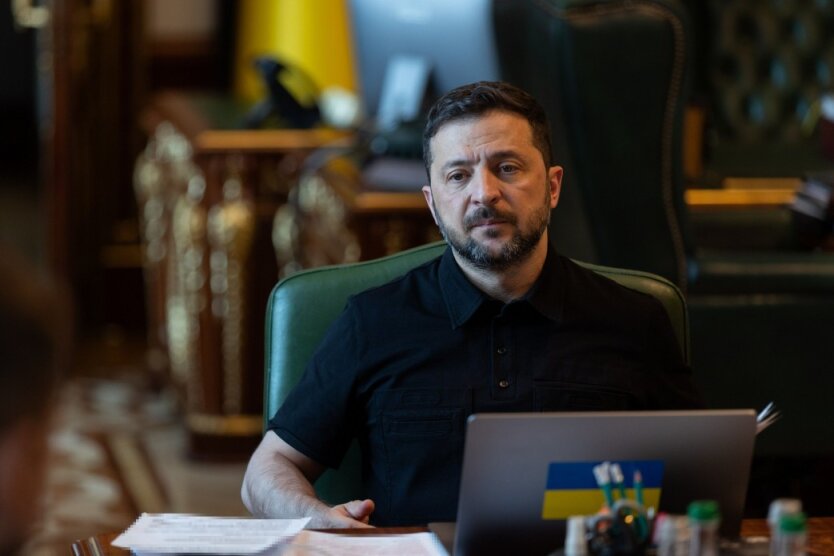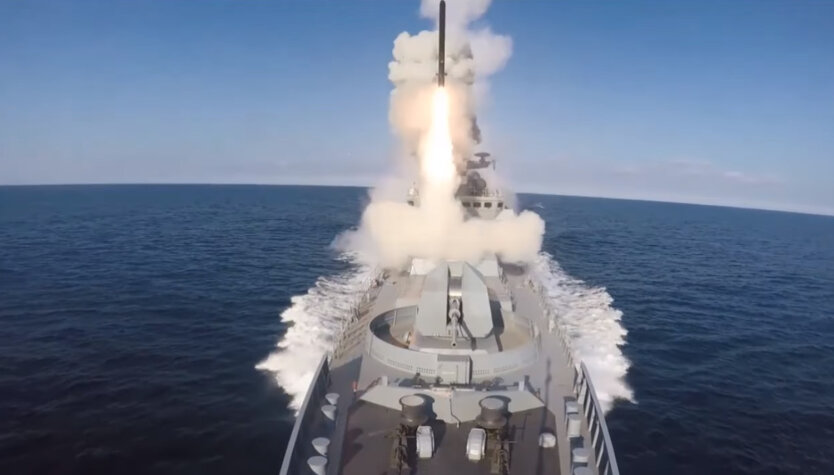Russia has found a scheme to bypass sanctions for gas sales - Media.


A Russian gas tanker, which fell under US sanctions, was spotted near the Suez Canal. The tanker was transhipping gas onto another tanker that was not subject to American sanctions. This was reported by the Reuters agency.
According to the monitoring service TankerTrackers.com, the gas tanker named Pioneer transferred gas onto the tanker New Energy. The latter is sailing under the flag of Palau, belongs to the UAE, and is managed by India. This happened north of the Suez Canal.
The Arctic LNG-2 plant, which began producing liquefied natural gas in December, was able to load its gas onto the Pioneer tanker. However, due to the sanctions imposed on Russia, gas exports faced obstacles. Therefore, a ship-to-ship transfer of gas onto another tanker was carried out.
Ship-to-ship transfers are usually used to move gas from expensive ice-class tankers to cheaper ones. They can also be used to complicate cargo tracking.
India, along with some other countries, continues to buy Russian gas despite the sanctions. But countries sometimes avoid disclosing this fact to avoid diplomatic issues.
Several tankers, including Pioneer and Asya Energy, entered Russian waters at the end of July. They engaged in several "deceptive shipping practices," such as turning off the automatic identification system (AIS) of the vessels.
The Arctic LNG-2 plant planned to become the largest in Russia. It planned to produce 19.8 million metric tons of liquefied natural gas and 1.6 million tons of stable gas condensate per year from three production lines.
Source: Economic Truth
Read also
- Trump's statement on arms transfer to Ukraine, attack on Mykolaiv:
- Trump Sends Letters on 25% Tariffs to US Allies
- TCK has drastically tightened security measures: what will change for Ukrainians
- Britain is ready to finance Ukrainian interceptor drones as early as this month, - Zelensky
- Why Russians have started using 'Kalibr' missiles more frequently: explanation from the Navy
- Children Aged 13 to 17: How Russians Are Using Teenagers for Diversions









